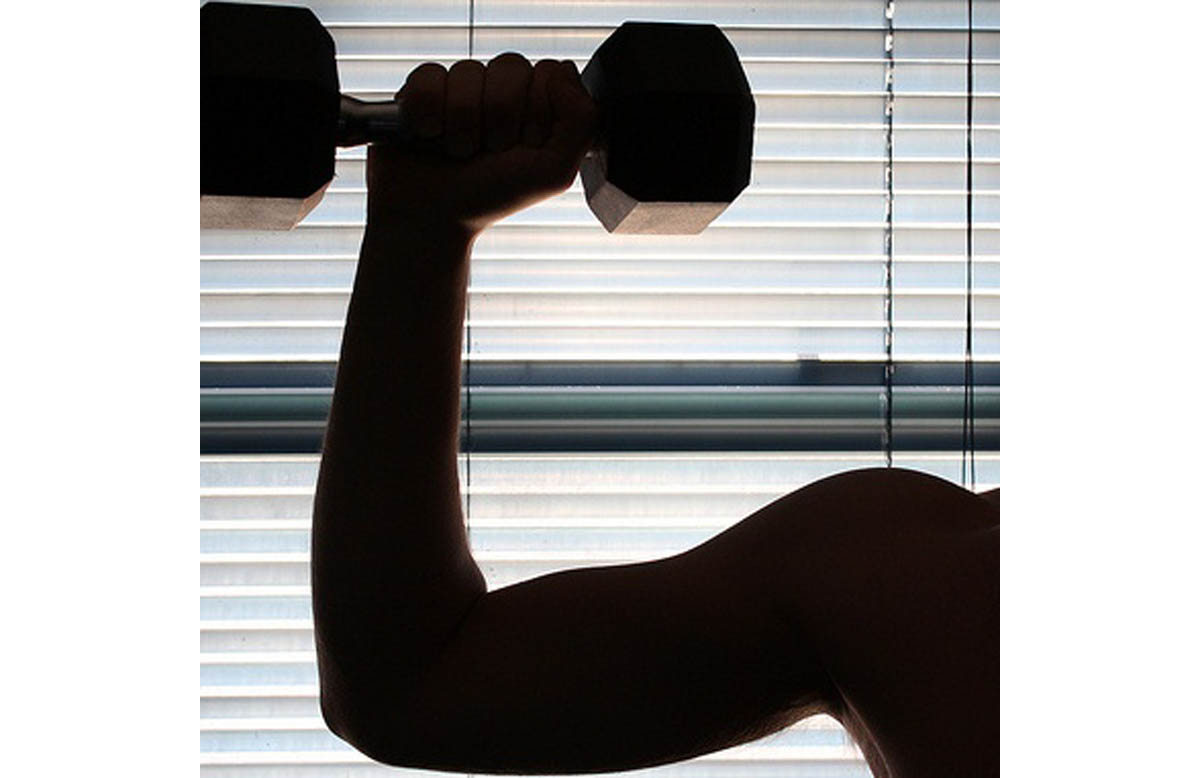Table of Contents
The RPE scale is a powerful tool in your training arsenal.
RPE stands for “Rate of Perceived Exertion.”
To demonstrate, let’s use the back squat as an example.
Say your one absolute single repetition maximum was 225lbs. At this weight you can just about squeeze out a rep with good form. You’d hit proper depth, maintain a good back position and finish the lift, but it wouldn’t be too quick and you’d find it a real effort, this would be an RPE of 10.

With that in mind, take a look at the following table determining RPE scales:
RPE 10: No more reps in the tank – absolute maximum effort.
RPE 9: Very tough but could get one more rep.
RPE 8: Challenging, but 2-3 more reps left.
RPE 7: You need to apply maximum force, but the lift is fairly quick.
RPE 6: Not light per se, but the speed is high and the lift looks explosive.
By basing all your training around the REP scale, you can ensure that you never feel over-trained again.
Start each session with some explosive exercises such as clap push-ups, jump squats, box jumps or barbell cleans. Use light weights, but try to get a feel of how alert you’re feeling. If the reps all feel tough, then it’s a good sign that you should probably take today’s session a little lighter. If you feel awesome, everything is super-speedy and feels incredibly light, it’s time to shoot for some personal records.
RPEs Per Session
You should only have one maximum RPE exercise per session – the rest should be between a 6 and 9. Here’s how a sample lower body session might work.
Explosive Warm Up Exercises – 2 exercises such as box jumps and kettlebell snatches for five sets of three to five reps each, RPE 6 with maximum power.
Back Squats – Work up to one top set of 1-3 reps at RPE 10.
Stiff-Legged Deadlifts – 3 to 4 sets of 5 to 8 reps with at RPE 8.
Lunges – 5 sets of 10 at RPE 7.
Calf Raises – As above
By limiting yourself to just one all-out maximum exercise per session, you limit fatigue, yet still maintain progress and increase strength.
Monitoring RPEs
The beauty of the RPE scale is that it allows you to change your program workout by workout depending on how you feel.
A regular squat program might call for you to do 6 sets of 3 reps with 85% of your one rep max in your workout. This is fine if you’re feeling energetic, strong and powerful, but if you’re not, you’ll lift with bad form, potentially run the risk of injury, and get very little out of the session.
Following the RPE method though, you can adjust the poundages to suit how you’re feeling. If your 85% lift is 200lbs and you’re not feeling too good, just hit six solid sets with 180 pounds. If you’re feeling great on the other hand, shoot for 210 or 200lbs.
Deloads
Just a final note on regulating intensity regarding deloads.
If you are feeling really beaten up and fatigued, take a deload week, which involves reducing your intensity. You shouldn’t stop training – do exactly as you would usually, just reduce your weights to around 70% of what you’d usually lift and use it as a chance to recover.
- “How to Modulate Intensity”, By Mike Tuchscherer, Published on February 2, 2012, Accessed on November 30th, 2012
- Retrieved from http://www.t-nation.com/readArticle.do?id=5058699

